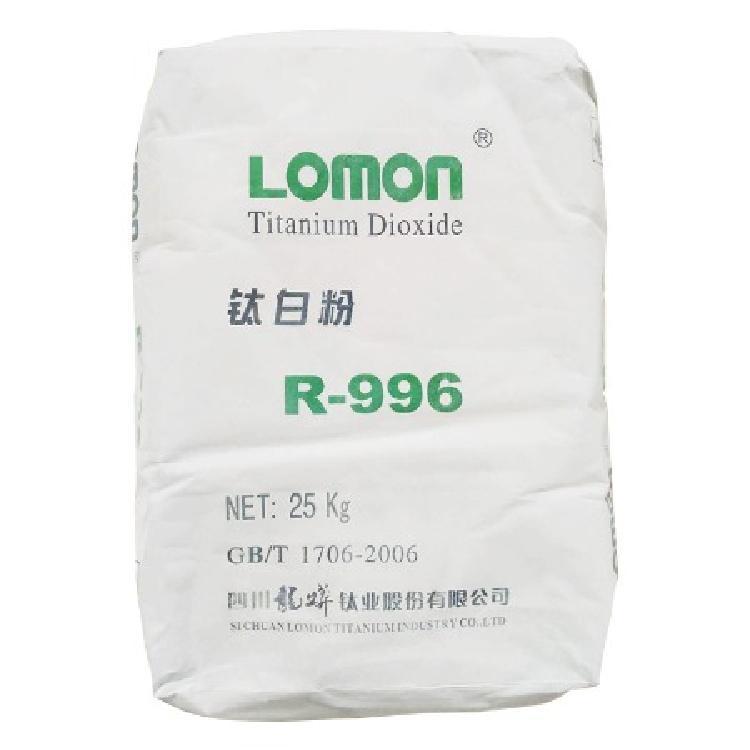
8 月 . 15, 2024 11:23 Back to list
China's Growing Demand for Rutile Titanium Dioxide Fuels Global Market Trends and Supply Chains
The Rise of China's Titanium Dioxide Rutile Imports Trends and Implications
Titanium dioxide (TiO2) is a vital substance widely utilized for its pigmentary properties in various industries, including paints, coatings, plastics, paper, and even in food products. Rutile, one of the key mineral forms of titanium dioxide, is particularly valued for its high refractive index and outstanding weather resistance. As the global demand for quality titanium dioxide continues to surge, China has emerged as a significant player in this market, increasingly positioning itself as a major importer of highly sought-after rutile titanium dioxide.
The Rise of China's Titanium Dioxide Rutile Imports Trends and Implications
Countries such as Australia, South Africa, and India have emerged as primary exporters of rutile to China. Australia, in particular, has significant mining operations that produce high-grade rutile, making it an attractive option for Chinese manufacturers. Furthermore, South Africa’s mineral-rich landscape provides ample resources, allowing for a robust supply chain designed to meet the rising demands from China.
china buy titanium dioxide rutile

The burgeoning demand for rutile titanium dioxide in China is driven not only by a growing population and urbanization but also by the ongoing international trade dynamics. The Economic Partnership Agreements (EPAs) and trade relationships fostered between China and exporting countries play a crucial role in establishing a stable supply chain. As these relationships strengthen, the flow of rutile titanium dioxide is expected to continue expanding.
Environmental regulations have also prompted shifts in production methods, resulting in increasing scrutiny regarding the sourcing of raw materials. Countries exporting to China must adhere to international environmental standards, thereby affecting the quality and reputation of their products in the eyes of Chinese buyers. This trend leads to a prioritization of sustainable practices, which aligns with China's focus on ecological health and sustainable development.
Additionally, China’s focus on reaching carbon neutrality by 2060 could influence domestic industries' reliance on imported rutile titanium dioxide. The need for advanced technologies and materials that align with environmental regulations has the potential to shape future trade patterns, leading to a harmonious coexistence between ecological goals and industrial requirements.
In conclusion, China’s increasing imports of rutile titanium dioxide reflect broader trends in global trade and domestic industrial evolution. As the country seeks to balance its rapid economic growth with sustainable practices, the demand for high-quality titanium dioxide is likely to rise. This imperative not only shapes China’s imports but also influences international supply chains and trade relationships. Future developments in this sector will depend on both the advancement of domestic production capabilities and the ongoing commitment to meet environmental standards, making the landscape for titanium dioxide imports an area to watch closely.
-
Lithopone for Plastic & TiO2 R-5568/SK-6658 Masterbatch Solutions
NewsMay.30,2025
-
China Leading Rutile TiO2 Manufacturer - R5566 & R996 Grades Available
NewsMay.30,2025
-
High-Purity Anatase & Rutile TiO2 Powder Trusted Manufacturer
NewsMay.30,2025
-
High-Purity Anatase Products Trusted Supplier & Manufacturer
NewsMay.29,2025
-
Best Price Eco-Friendly Rutile TiO2 Supplier & Wholesale Factory
NewsMay.29,2025
-
Chinese Anatase Titanium Dioxide for Ceramic Glaze Reliable Supplier
NewsMay.29,2025
